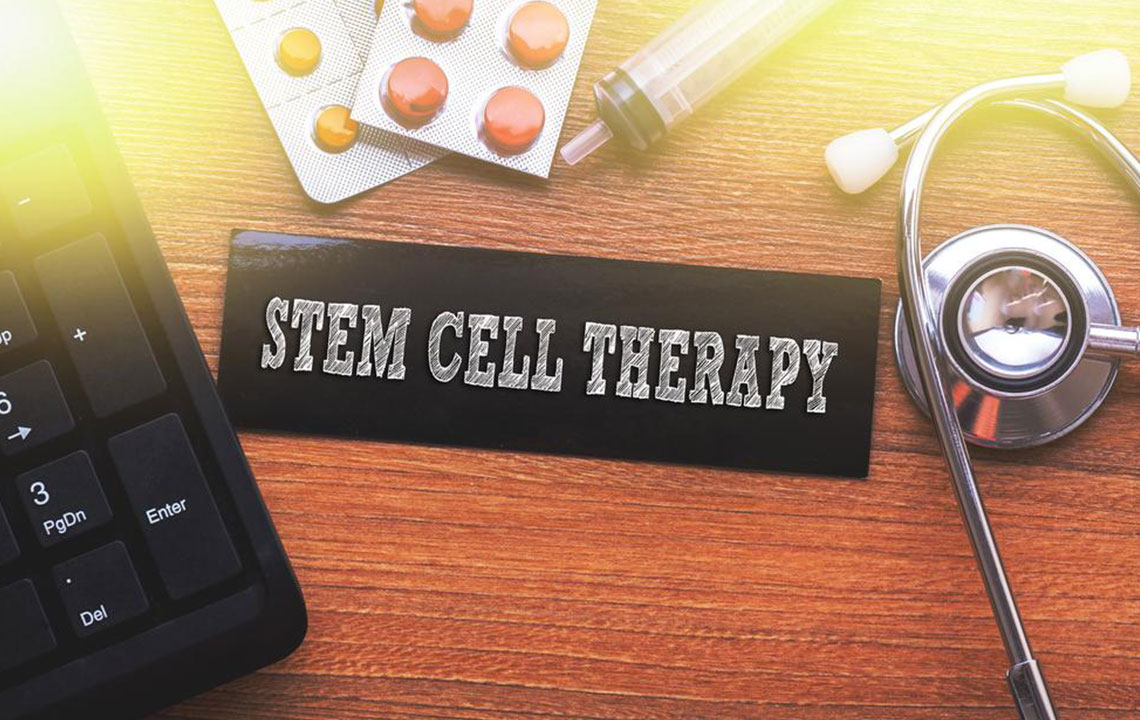Secure Your Baby’s Future by Preserving Umbilical Cord Stem Cells for Long-Term Health Benefits
Learn why preserving your newborn’s umbilical cord stem cells is a smart, safe, and vital investment in your child's future health. Discover the process, benefits, and top providers, ensuring access to potentially life-saving treatments for childhood and adult illnesses. Early collection and storage offer peace of mind and advanced medical options, making stem cell banking a wise choice for modern families focused on longevity and health security.

Secure Your Baby’s Future by Preserving Umbilical Cord Stem Cells for Long-Term Health Benefits
In the realm of modern healthcare, stem cells have emerged as transformative elements that hold the key to treating a multitude of diseases. Among various sources, human umbilical cord blood and tissue are among the most accessible and safest options for harvesting these invaluable cells. Preserving your newborn’s umbilical cord stem cells is a proactive step toward safeguarding their long-term health, offering promising potential to treat a wide range of medical conditions in the future. This comprehensive guide explores the significance of umbilical cord stem cell banking, the process involved, benefits, and why it is a crucial investment for parents committed to their child's health and well-being.
Understanding Stem Cells and Their Importance
Stem cells are undifferentiated cells that have the remarkable ability to develop into specialized cell types, contributing to the body’s natural healing and regeneration processes. They play a vital role in repairing tissues, fighting diseases, and maintaining overall health. Human body contains various types of stem cells, with hematopoietic stem cells being responsible for producing blood cells and mesenchymal stem cells contributing to the formation of bone, cartilage, and muscle tissues.
Sources of Stem Cells: Bone Marrow versus Umbilical Cord Blood
Traditionally, bone marrow was the primary source of stem cells used in treatments. However, the collection process is invasive and can cause discomfort or pain for donors, often requiring anesthesia or hospitalization. On the other hand, collecting stem cells from a newborn's umbilical cord—immediately after birth—is a completely non-invasive, painless process that poses no risk to mother or child. Umbilical cord blood and tissue are rich sources of hematopoietic and mesenchymal stem cells, making them an excellent reservoir for future medical needs.
Why Preserving Umbilical Cord Stem Cells Is a Wise Choice
Preserving cord blood stem cells offers numerous benefits, especially as the field of regenerative medicine continues to evolve. These cells can be used to treat over 80 life-threatening diseases, including leukemia, lymphoma, anemia, metabolic disorders, and certain neurological conditions. Moreover, since each person's stem cells are genetically compatible, having access to one's own stored stem cells eliminates the risk of immune rejection during treatment.
Additionally, stem cell preservation is particularly vital considering the limited availability of matching donors in India. Unlike bone marrow transplants, where finding a match can be time-consuming and challenging, stem cells from umbilical cord blood require fewer matching parameters, often only four, to be effective. This increases the chances of successful treatment if needed in the future.
LifeCell: India’s Leading Umbilical Cord Stem Cell Banking Provider
LifeCell, India’s pioneer and largest stem cell bank with over 12 years of industry experience, specializes in comprehensive umbilical cord blood and tissue preservation. The company is renowned for its stringent quality standards, rigorous testing protocols, and cutting-edge storage facilities. LifeCell’s storage process involves multiple stages, including testing for infections, sterility checks, and viability assessments to ensure the highest quality of stem cells.
How the Preservation Process Works
After a safe and sterile collection from the newborn immediately after birth—ideally within 10 minutes—cord blood undergoes sophisticated testing for infections and cell viability. The collected stem cells are separated from the blood and tissue and cryogenically stored at an ultra-low temperature of -196°C. To mitigate risks associated with unforeseen events or disasters, LifeCell maintains dual-site storage, ensuring maximum safety and preservation integrity of the sample for decades.
Key Reasons to Bank Umbilical Cord Stem Cells
Limited availability of unrelated donors in India and long waiting periods for matches.
Availability of own stem cells as a first-line treatment option if medical needs arise.
The potential to treat a wide array of conditions, including blood disorders, immune deficiencies, and certain neurological disorders.
Cost-effective compared to treatment options elsewhere, with early preservation reducing future medical expenses.
Advancement in regenerative medicine makes stored stem cells a valuable resource for personalized treatment in the future.
Critical Timing for Collection
Timely collection of cord blood is vital. Healthcare practitioners recommend harvesting stem cells immediately after birth, ideally within the first 10 minutes, to maximize cell viability and quantity. Missing this window can compromise the quality and efficacy of the stored stem cells, reducing their potential utility for future treatments.
Financial Aspects and Cost Considerations
Preserving umbilical cord stem cells involves upfront costs, which vary depending on the provider and services selected. In India, it is typically a one-time expense that can range from a few lakhs to higher, depending on storage duration and additional tissue preservation options. While initial costs may seem significant, the long-term health benefits and treatment potential often justify the investment. Many parents consider it a prudent financial and health decision, given the high costs of future medical treatments that could be mitigated or avoided with stored stem cells.
Conclusion: The Future of Personalized Medicine Starts at Birth
As medical science advances, the importance of stem cell banking becomes increasingly evident. Preserving your baby’s umbilical cord blood and tissue is a proactive, safe, and potentially life-saving step that provides a valuable biological insurance for future health needs. With the support of trusted providers like LifeCell, parents can ensure their child's health and well-being while contributing to the future of regenerative medicine. Investing in stem cell banking today paves the way for better treatment options tomorrow, making it an essential consideration for modern families concerned with health, longevity, and quality of life.





